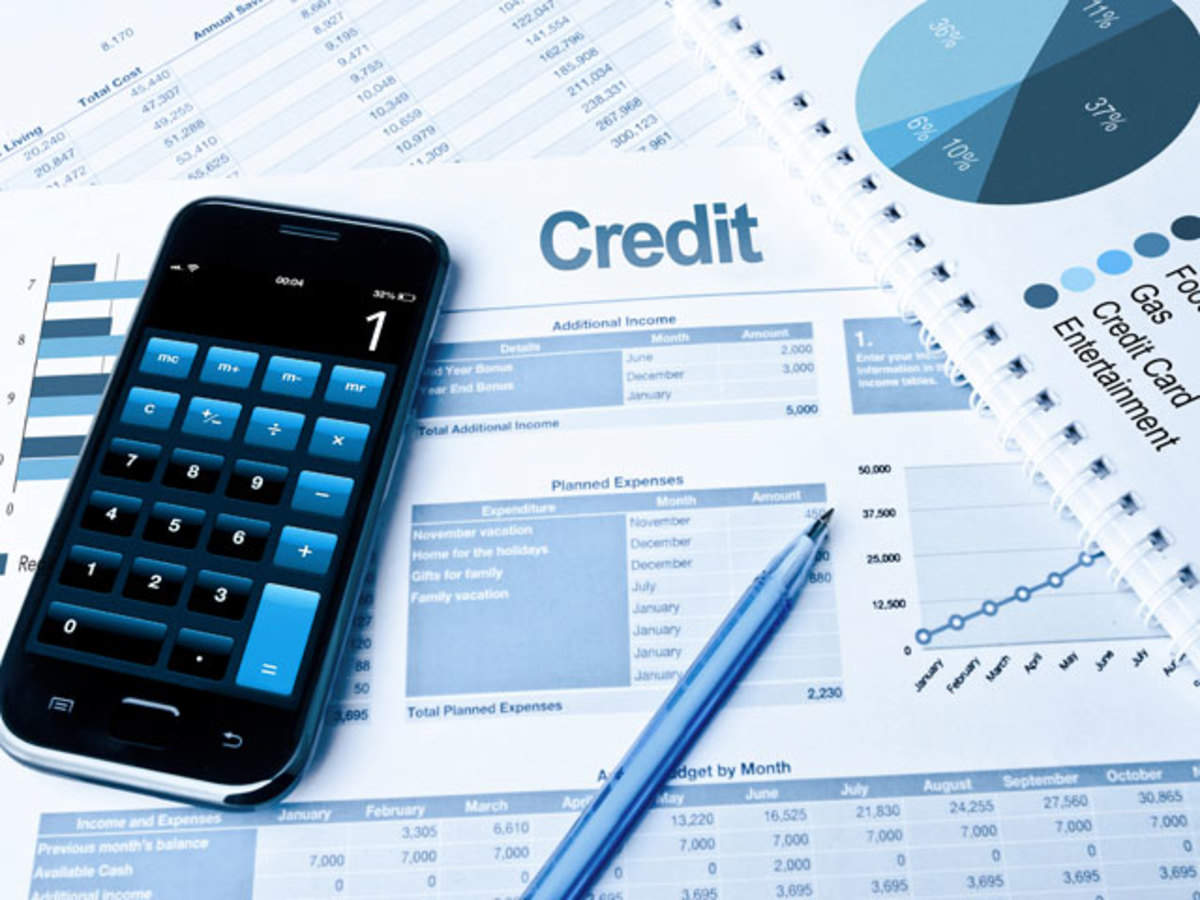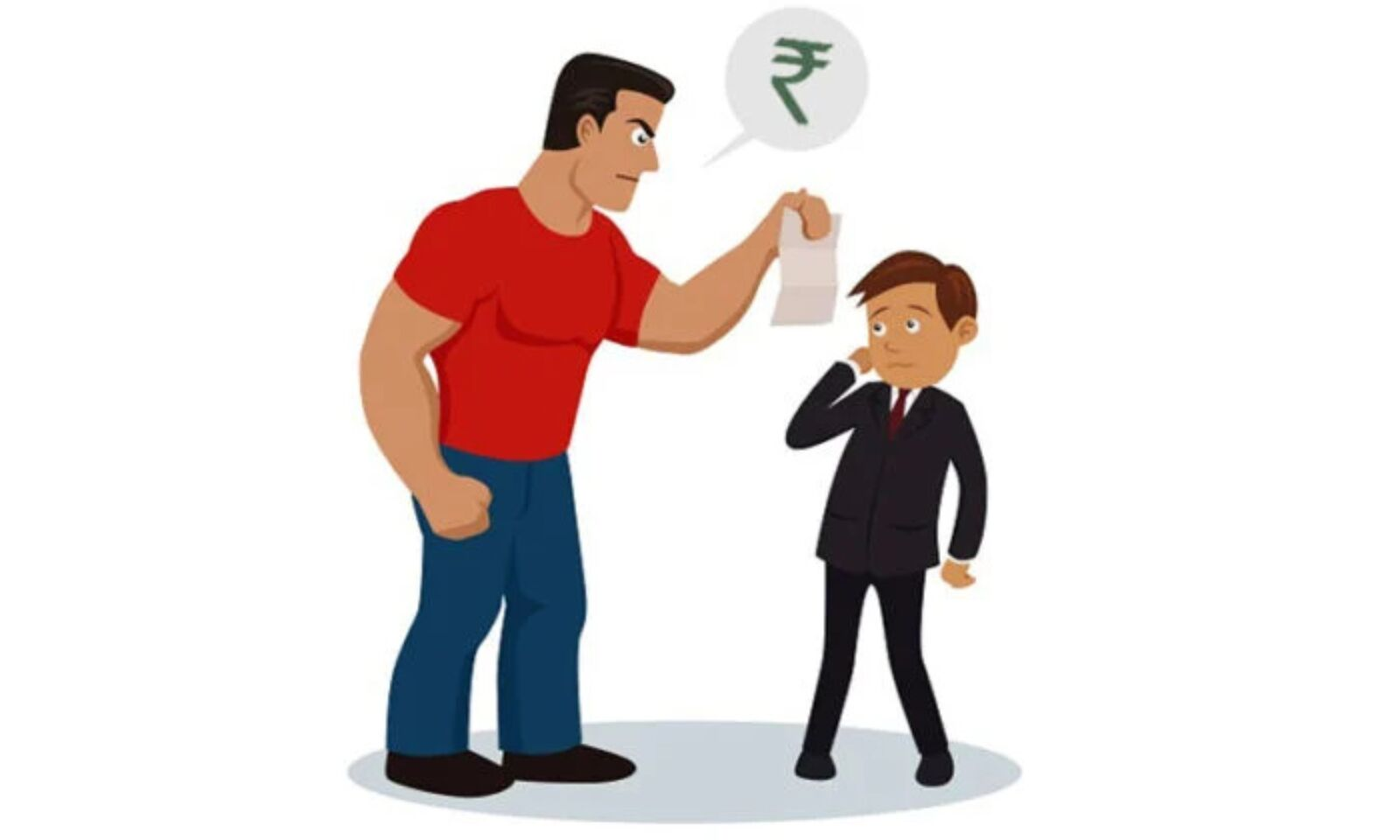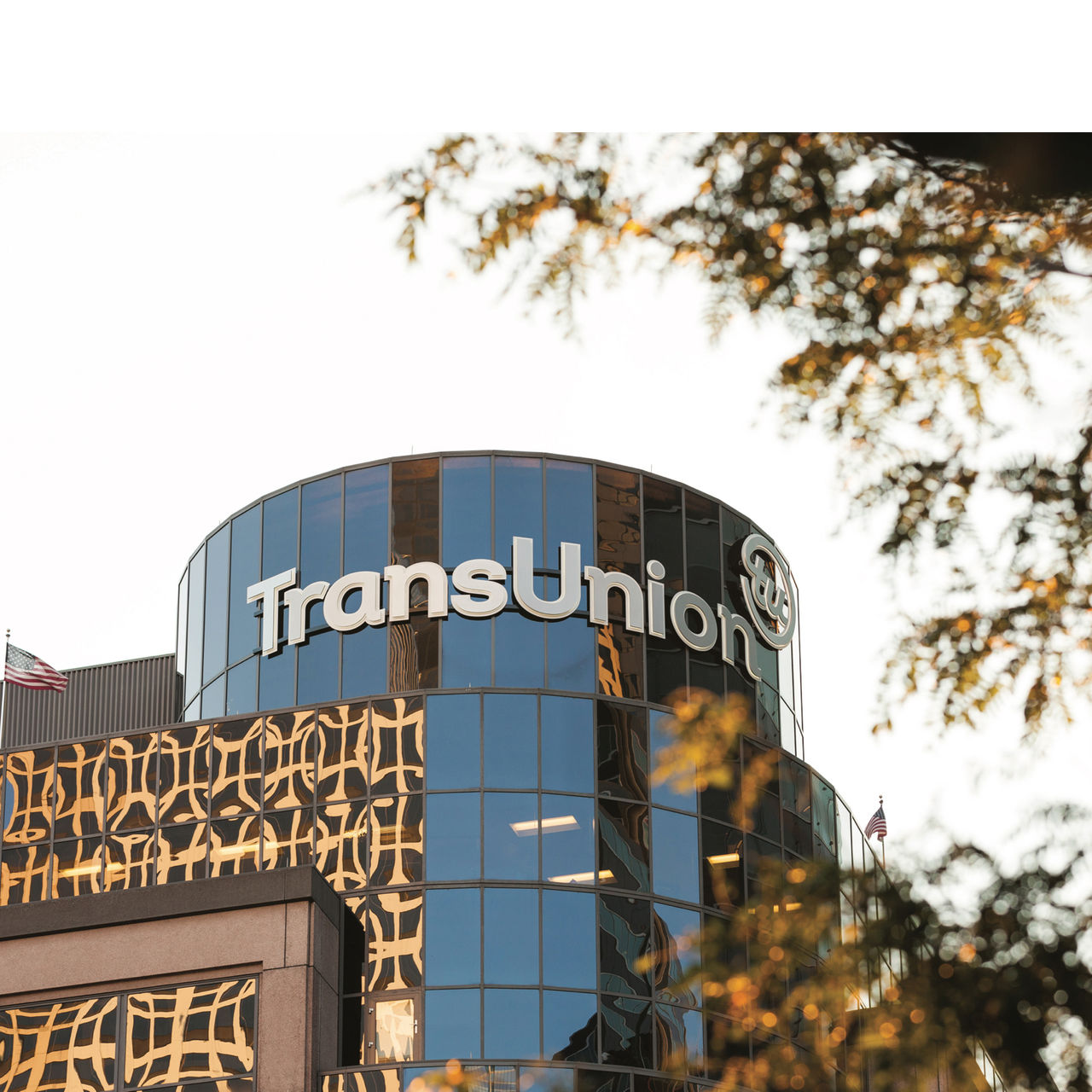When you are facing a mountain of credit card debt, it can feel a little like that old riddle about eating an elephant.
The good news is, the answer to credit card debt is the same as the answer to that riddle: One bite at a time.
Paying off debt is a process, and not a short one, but there are ways you can speed up the process and get to debt free in record time.
Set a Budget
Only 1 in 3 Americans create a detailed household budget. If you aren’t one of them, you may be sabotaging your debt-relief efforts before they even begin.
Gather your bills, sit down, and list out every source of income and every expense, from your rent or mortgage to your gym membership to your daily Acai smoothie. If you spend money on it, it needs to be on that list.
Seeing where your money is going will help you see where you need to make cuts. You can also carve out the money to throw at your debt.
If using paper & pencil isn’t your thing, there are budgeting apps to help you get your household financial plan under control.
Focus on One Debt at a Time
It’s easy to get overwhelmed if you have multiple balances across multiple cards, all demanding to be paid.
But the key to paying off credit card debt successfully is to take it one debt at a time.
There are two ways to do this: by balance or interest rate.
- Balance – List your debts in order from smallest to the largest balance. Continue paying the minimum on all the debts, but throw anything extra at the smallest debt. Once that is paid off, take the amount you were paying toward the first debt and apply it to the next largest debt. This method builds momentum and will help you feel that you are making real progress.
- Interest Rate – List your debts in order by interest rate, and pay off the one with the largest rate first. As each debt is paid off, apply everything you were paying toward it to the next debt until they are all paid off. You won’t see quite the same momentum here. However, you will save money in the long run by getting rid of higher interest rates first.
By focusing on one debt at a time, you can build not only momentum to debt-free living but confidence in your own abilities to pay off debt.
Don’t Pay Just the Minimum
Every month, when your credit card statement arrives, there is a minimum amount due, usually a truly reasonable amount.
So every month, you pay the minimum amount due. And every month, your balances don’t seem to have gone down at all.
The truth is, paying the minimum each month is a great way to stay in debt for years to come. Usually the minimum amount due covers only interest, leaving the principal on your debt untouched.
Instead, keeping in mind that we are tackling one debt at a time, throw everything extra at your debt. Look beyond just cutting back on extraneous expenses. Your tax refund, raise at work, unexpected windfalls…throw it all (or at least a sizable portion) at your debts
Bring in Extra Cash
If your income and expense ratio just doesn’t leave any room for extra debt payments, consider bringing in extra income to help out.
A formal second job, even something as simple as shelf stocking, can generate enough extra income to pay off credit card debt.
If a formal job is out of the question for whatever reason, look into other ways to earn extra money. You would be amazed at the things people will pay you to do from home. Everything from simple surveys to watching YouTube videos can net you some cash.
You can also look into selling old items you no longer need or want. A garage sale can often earn enough to pay off at least one small debt.
Consolidate Credit Card Debt
If you are completely overwhelmed by the number of credit cards you have, you can combine the balances into one payment.
The first way to do this would be to open a balance-transfer credit card.
This option is especially good if you can get a card with 0% intro APR. With 0% interest for the first six months or so, you can make a significant dent in your principal balance, or even pay off the entirety of the balance, before interest kicks in.
As a word of caution: If you decide to go this route, you have to be able to make a commitment not to treat a balance transfer the way you would a normal credit card. It is there to help you pay off your debt, not sink you deeper.
The second way to consolidate your credit card debt is a consolidation loan. A credit repair company or bank can often pay off your creditors. They can also combine those balances onto a loan with an affordable monthly payment.
Negotiate with Your Creditors
You may find that creditors are more willing to work with you than you might imagine. Especially, if your loan has been sold multiple times to debt buyers.
A credit card company’s concern is recouping as much of their loss as they can, and are sometimes willing to renegotiate loan terms, interest rates, or even write off portions of your balance in exchange for a lump sum or locked in an installment plan.
Don’t be nervous about this type of negotiation, take a look at the next tip…
Get Help
Getting out of debt can be an arduous process. If you are unsure how to proceed, you may benefit from the help of a credit-repair or Debt Relief firm.
These companies have financial experts that are pros at debt consolidation, debt settlement, and the best methods for repairing your credit score and helping you get out of debt.
It’s easy to let the fear of a life crippled by debt overwhelm you.
But there are solutions, and there are steps you can take to get yourself out of the mess of debt. Using the tips here, you can be sure to find yourself well on your way to financial freedom.
For more information on how to obliterate your credit card debt, get in touch with us here!




Leave A Comment